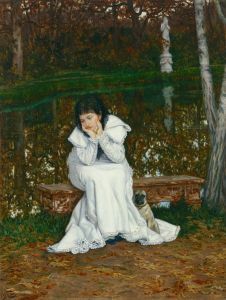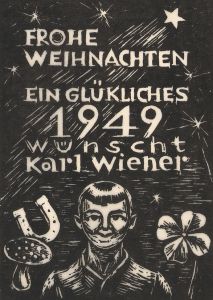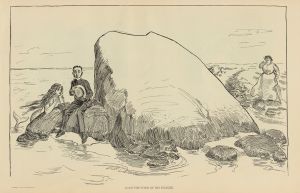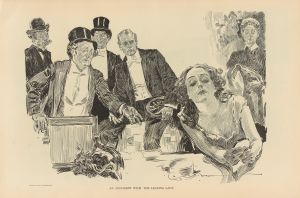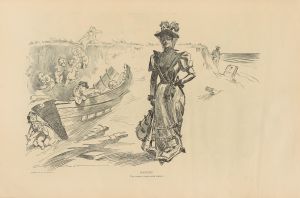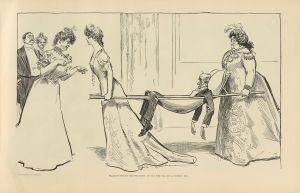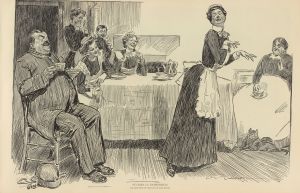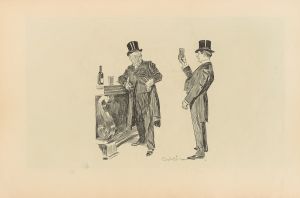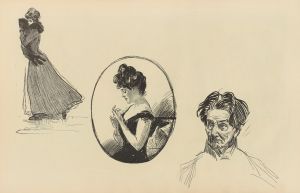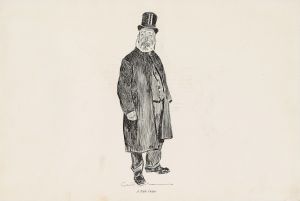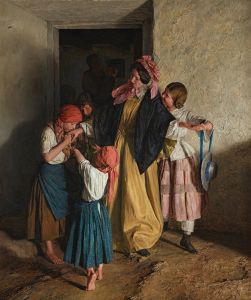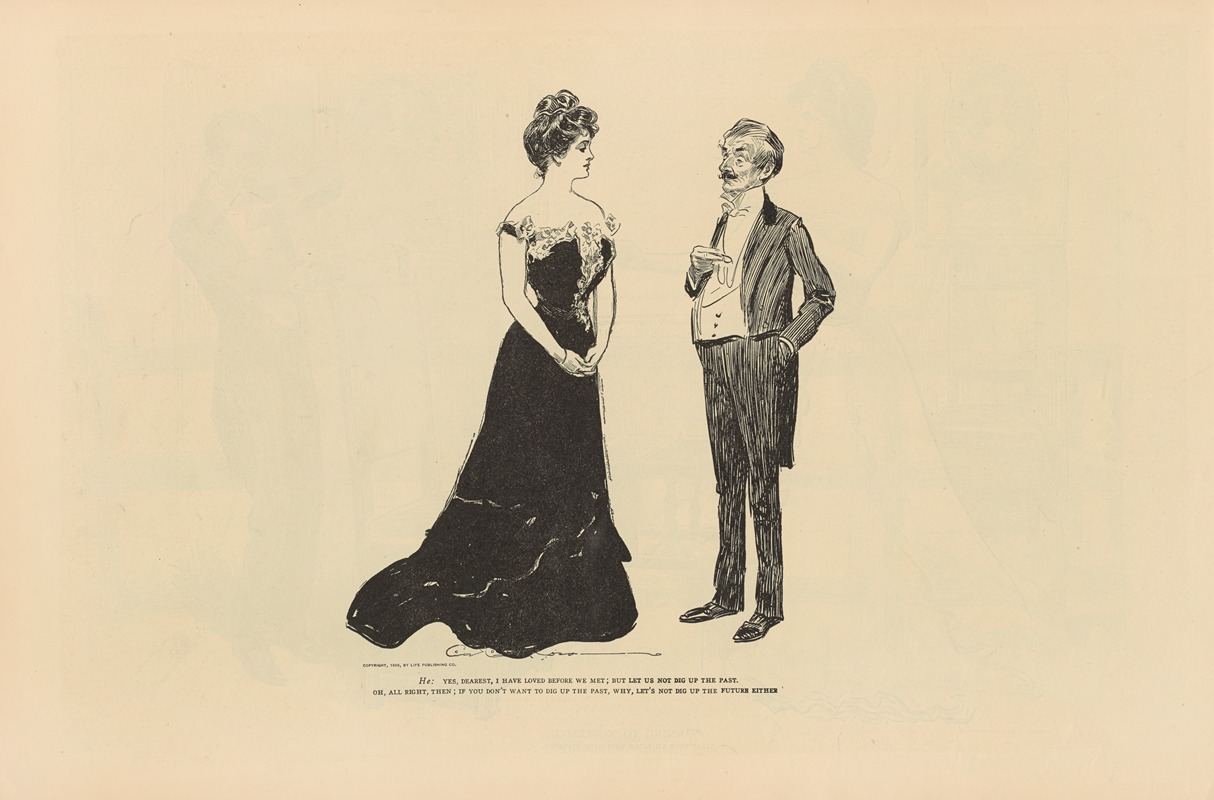
He; yes, dearest, I have loved before we met; but let us not dig up the past.
A hand-painted replica of Charles Dana Gibson’s masterpiece He; yes, dearest, I have loved before we met; but let us not dig up the past., meticulously crafted by professional artists to capture the true essence of the original. Each piece is created with museum-quality canvas and rare mineral pigments, carefully painted by experienced artists with delicate brushstrokes and rich, layered colors to perfectly recreate the texture of the original artwork. Unlike machine-printed reproductions, this hand-painted version brings the painting to life, infused with the artist’s emotions and skill in every stroke. Whether for personal collection or home decoration, it instantly elevates the artistic atmosphere of any space.
Charles Dana Gibson was an influential American illustrator, best known for creating the iconic "Gibson Girl," a representation of the idealized American woman at the turn of the 20th century. His work captured the spirit and social dynamics of his time, often with a touch of humor and satire. One of his notable illustrations is titled "He; yes, dearest, I have loved before we met; but let us not dig up the past."
This illustration is part of Gibson's broader body of work that explores themes of romance, social interactions, and the complexities of relationships. The artwork typically features a man and a woman engaged in a conversation, with the man admitting to past romantic experiences. The title itself is a direct quote from the dialogue depicted in the illustration, reflecting a moment of honesty and perhaps tension between the characters.
Gibson's illustrations were widely published in magazines such as Life, Harper's Weekly, and Scribner's, reaching a broad audience and influencing public perceptions of gender roles and relationships. His work often depicted the "Gibson Girl" as independent, confident, and fashionable, embodying the changing roles of women in society during the late 19th and early 20th centuries. The men in his illustrations, often referred to as "Gibson Men," were typically portrayed as dapper and somewhat bemused by the modern woman.
In "He; yes, dearest, I have loved before we met; but let us not dig up the past," Gibson captures a moment that is both personal and universal, highlighting the delicate balance of past and present in romantic relationships. The illustration reflects the social norms and expectations of the era, where discussions of past relationships might be considered sensitive or taboo.
Gibson's style is characterized by its detailed line work and expressive characters, often set against minimal backgrounds to emphasize the interaction between the figures. His ability to convey emotion and narrative through illustration made his work both popular and influential, contributing to the visual culture of his time.
The impact of Gibson's work extends beyond his lifetime, as the "Gibson Girl" became a cultural icon, influencing fashion, literature, and the arts. His illustrations continue to be studied for their artistic merit and social commentary, providing insight into the values and dynamics of early 20th-century American society.
Overall, "He; yes, dearest, I have loved before we met; but let us not dig up the past" is a testament to Charles Dana Gibson's skill as an illustrator and his keen observation of human relationships. Through his art, Gibson captured the complexities of love and the evolving roles of men and women, leaving a lasting legacy in the world of illustration and beyond.





